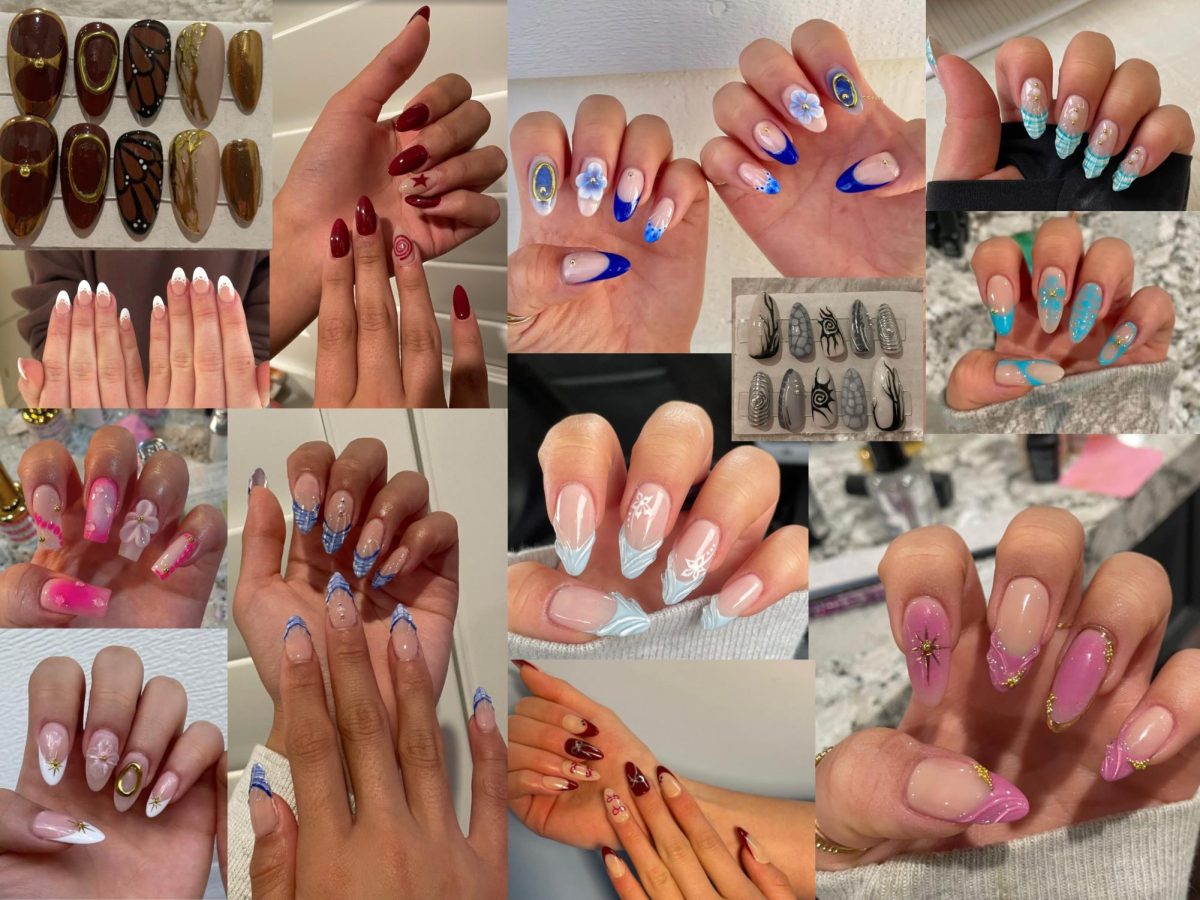Last August, junior Willie Kuiper found herself in a difficult situation: Her family had just moved to Saratoga from the hometown of Eindhoven in the Netherlands, and Kuiper was about to undertake the grueling task of assimilating into an American public high school as a junior.
During her first month here, Kuiper noticed glaring differences with her previous schools. At first, she was shocked at what seemed like a massive student body compared to her old high school, Van Maerlant-Lyceum in Eindhoven. However, Van Maerlant-Lyceum and Saratoga High have approximately the same number of students — between 1,100 and 1,300 — but Kuiper attributes Saratoga’s large, outdoor campus to her overblown perception of the school’s campus size.
“It was so terrifying,” Kuiper said. “[SHS] was way bigger than I imagined. I thought I was going to get lost here. Campuses in [the Netherlands] are almost never this big — my school definitely wasn’t.”
Another major difference Kuiper observed was freedom in course selection, with the exception of the required core curriculum. For her science credit, she decided to take Marine Biology, a course that was not available in her old school.
Kuiper’s previous school was a public secondary school for pre-university education that served students who had finished eight years of Basisonderwijs, or elementary education. When she began her first year at Van Maerlant-Lyceum, Kuiper was able to choose between four curricular “packages” that would decide the course pathways for her secondary education.
These four choices consisted of two science packages and two economics packages — each with a series of fixed classes related to the package they chose, as well as limited supplemental courses. Kuiper chose the economics package with an advanced math course. She added a supplemental Business Economics class to her courseload.
“The quality of the education was good,” Kuiper said. “But there was less choice in your schedule. I like the different types of courses I’m able to take now.”
Schools in the Netherlands typically follow a model that is completely different from U.S. public schools. After completing the required eight years of elementary school education, students then choose from three different pathways that would place them in different levels of higher education. The most basic pathway is Pre-Vocational Secondary Education, a four-year program that prepares students for four more years of senior vocational education, and eventually either a two-year associate’s degree or a bachelor’s degree in applied sciences.
The second pathway is Havodiploma, or Senior General Secondary Education — a five-year secondary program that directly prepares students for a bachelor’s degree at a university for applied sciences.
The final pathway, which Kuiper chose, is a program called Vwo-Diploma, or Pre-University Education. This is the most academically rigorous and time-consuming track — a comprehensive six-year secondary school education that prepares students trying to get a bachelor’s degree at a research university, rather than an applied science school. Kuiper had been in the process of a six-year high school-equivalent education, which was cut short to four years when she moved.
Kuiper said that having taken the most advanced curriculum, all of her classes in her old school were of AP-equivalent in difficulty. With her current plan to graduate from SHS, Kuiper added that if she decided to go back to the Netherlands for university she would probably be “far behind everyone else” due to the difference between the two education systems.
However, Kuiper expressed a strong desire to attend university in the U.S. despite it being more expensive — tuition in the Netherlands is regulated by the government and costs between $2,300 and $4,600 per year, comparatively less than the U.S. average of $10,338 per year for in-state public universities.
She attributed her desire to attend U.S. universities to her admiration for the strong sense of community, school spirit and academic freedom she observed in the culture surrounding them. Kuiper noted that the young adult “college experience” seemed uniquely American to her, which influenced her plans to attend university in the U.S. Kuiper’s love for school spirit and community also influenced her positive perception of American high schools.
“Since sports [in the Netherlands] were not connected to schools in any way, there was no concept of school spirit or rivalries or school color. We attended [solely] for our classes, and went home once they were done,” Kuiper said. “I love it here — things like tailgates, quad days, spirit weeks and being a part of the field hockey team really made me feel welcome in this community.”
Kuiper recalled most students at her previous school acting closed-off to newcomers because of their individualistic nature and the cultural detachment of school from all non-academic aspects of students’ lives. Contrary to her expectations, Kuiper found the culture in Saratoga to be welcoming — despite her nervousness, she almost immediately found people to befriend and sit with at lunch.
“I was scared because I felt I didn’t know the language, I didn’t know the culture,” she shared. “But people were so nice from the beginning — my whole [field hockey] team was so open and friendly, and now they’re my best friends. Because of how welcoming people are, I really love it here, and I’m starting to feel at home already.”






















